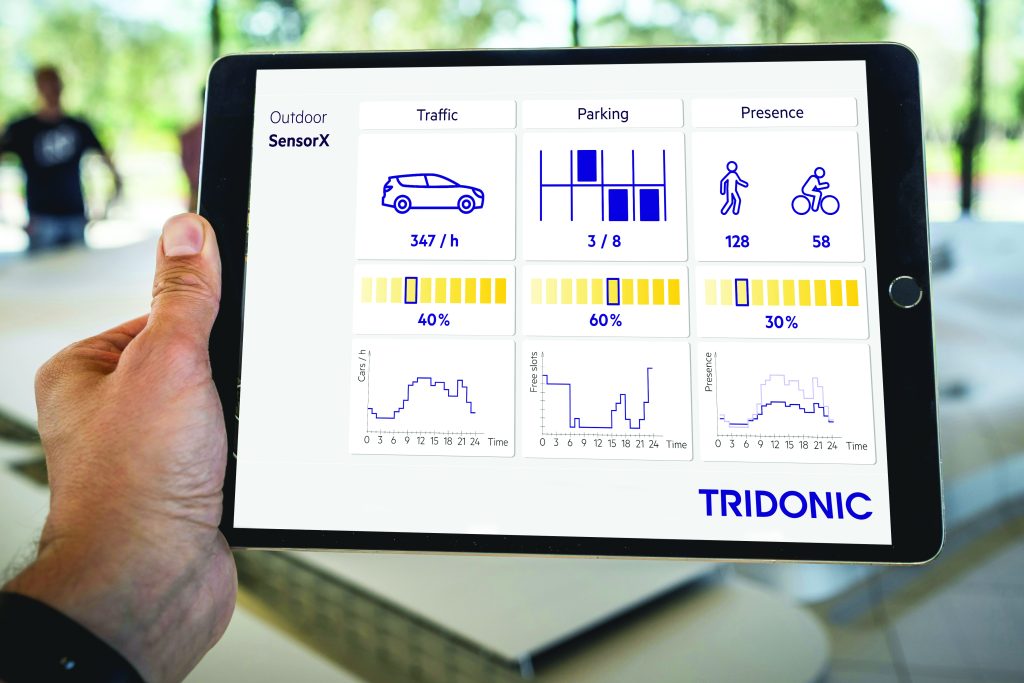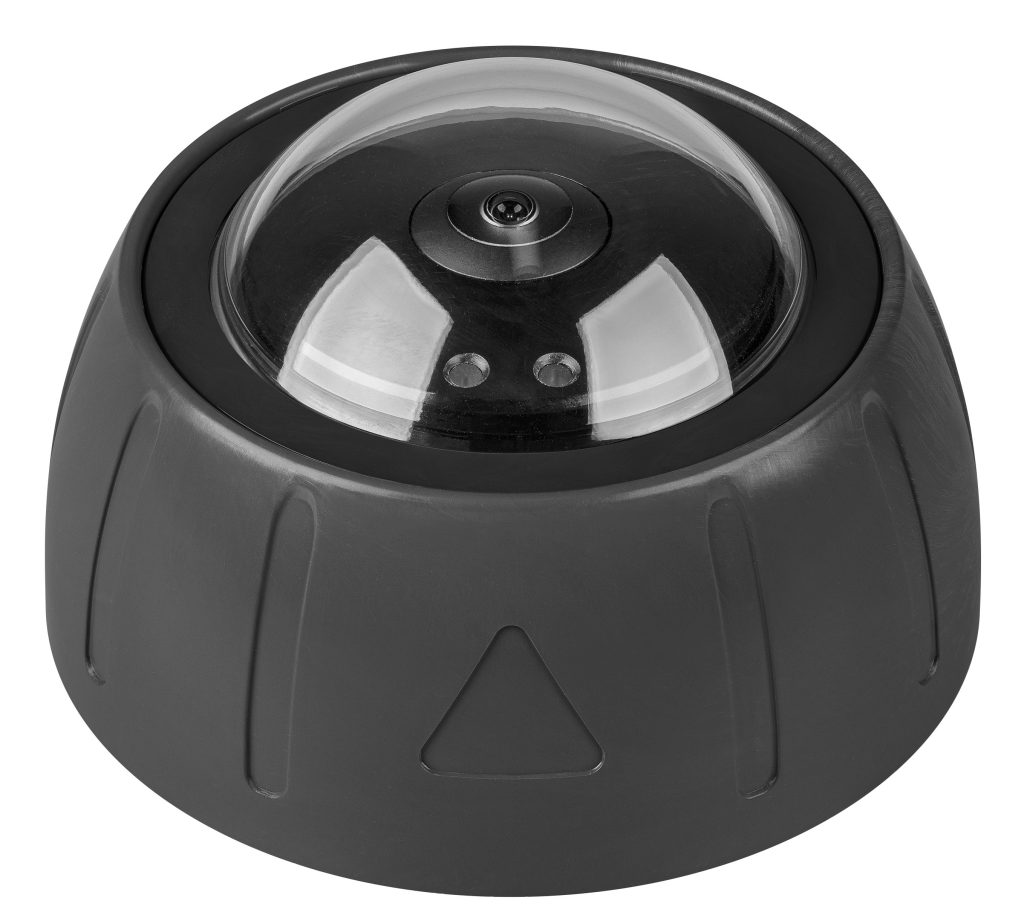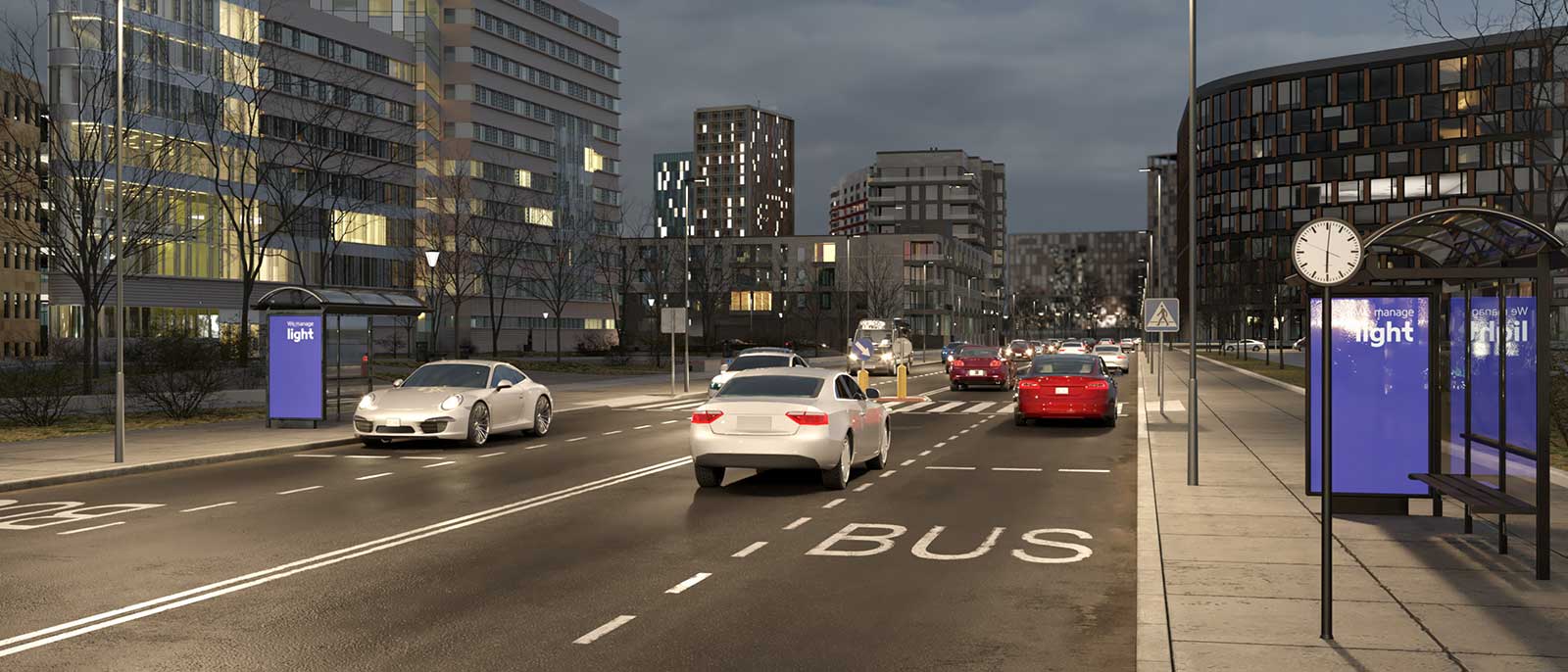With the SensorX, the parking zone can be precisely defined during commissioning. The sensor then analyses the average presence of vehicles in the selected area over the previous ten minutes and indicates the areas in which vehicles are parked. If changes to the parking spaces require the parking zones to be redefined, this can be done on site in just a few minutes using a smartphone or tablet via Bluetooth, without having to remove or modify the sensor.
The Future of Sensor Technology
Another area of application for the SensorX is currently in the development and test phase. Measuring traffic density and optimizing traffic flow offers many possibilities beyond lighting control. The sensor counts how many vehicles pass through the specified zone at definable intervals of 20 seconds to ten minutes. The resulting data will enable urban planners to draw important conclusions, helping them see where traffic jams and tailbacks often occur and which roads are used more or less frequently than expected. Using this data, they will be able to optimize road layouts, adjust traffic light sequences or open up additional lanes for traffic.
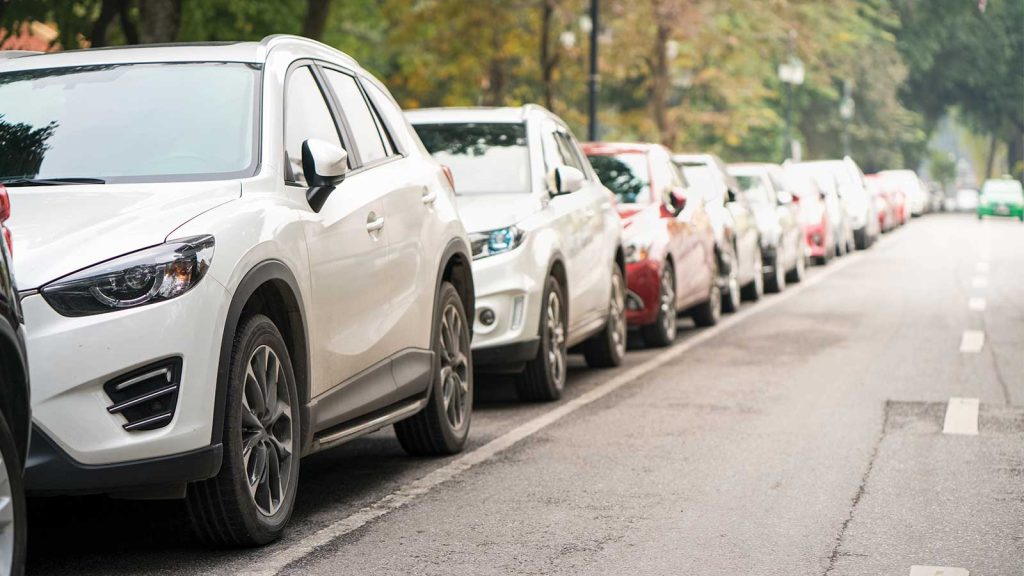
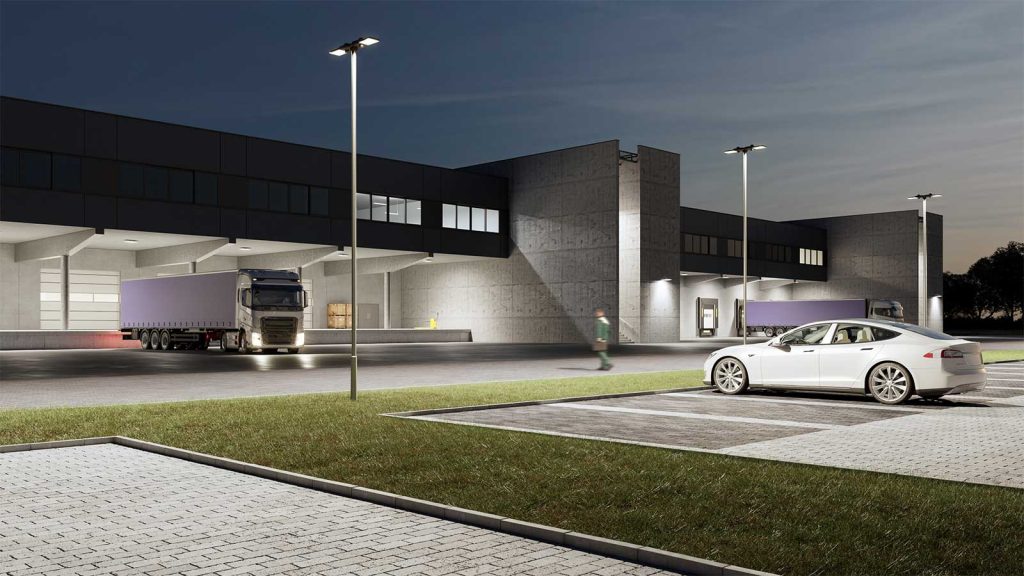
In future, it will be possible to monitor urban traffic jams even more closely and to prevent them by measuring the SensorX makes parking zones easy and uncomplicated to manage. data, thereby reducing CO2 emissions. This technology can also be applied in parks and green spaces, potentially to re-naturalize underused paths or create new paths based on movement patterns.
Sensors can therefore be installed in almost all public places in the city to ensure greater safety and smoother traffic. They help urban planners optimize road traffic and ensure greater safety for road users. The money saved thanks to the lower power consumption means the cost of installing the sensors is usually amortized in the first year. The technology also helps protect the climate and make our cities smart.
